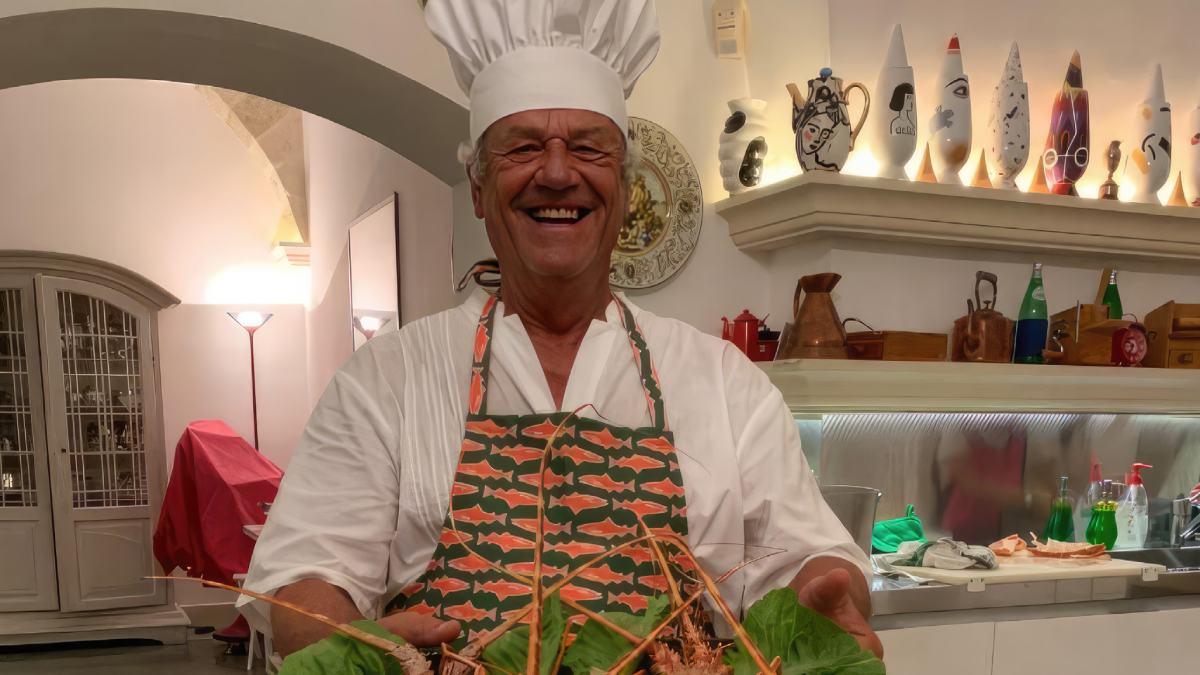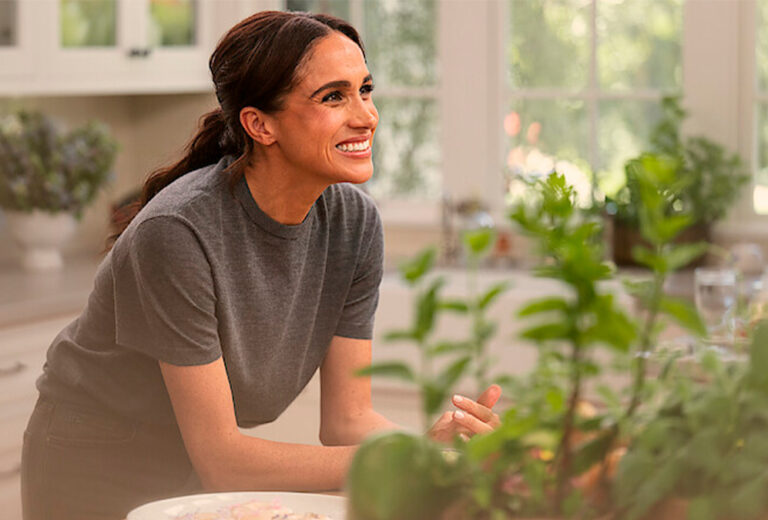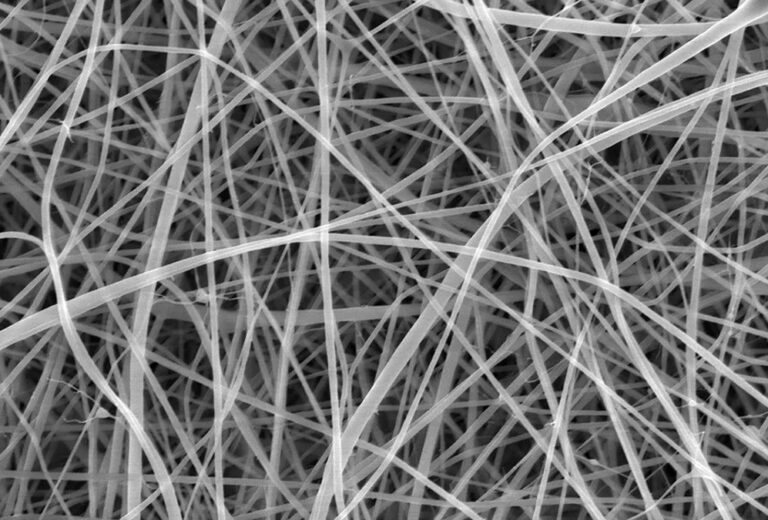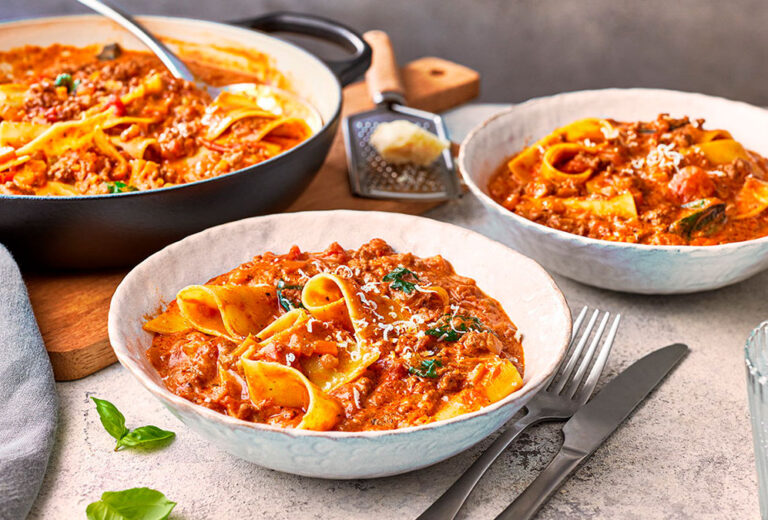Click here to read the Spanish version.
Luciano Bernardini de Pace defines himself as passionate about everything he does. Among those things he is passionate about are cooking and eating, so he has created a pasta brand, Pasta Coricata. At first his pasta was born for his own consumption and that of his friends, and very soon it will begin to be marketed online.
Two decades ago he bought twenty hectares of land in the Puglia region, where he lives, to grow 10 hectares of wheat of the Senatore Ceplli variety to make his own flour. “We cultivate in absolute purity. We only use the sun, wind, the aromas of Salento and a lot of luck,” says Luciano. A lot of luck and also in many years of testing until he hit on the way of milling he liked. “In August 2022 the wheat came low in gluten. With a special milling process much of the starch was removed. We grind with a slow movement of the stone that allows us to maintain the low milling temperature and preserve the organoleptic characteristics, especially the flavor.”
Coricata means lying down, something that gives rise to the joke. “On the packaging I have the image of Pauline Bonaparte lying down. I like to joke that when a woman is lying down is the only moment when she can be seen in her full beauty. If you like her lying down, when you try her, you fall in love. And that’s what happens with my pasta. But the reality is that I call it that because we dry it horizontally and not vertically”. This drying is done for almost 48 hours in a hot air oven with temperatures of no more than 36 or 38 degrees.
Among the types of pasta he makes are some that are very common in southern Italy, such as spaghettone, a larger spaghetti. “It absorbs the sauce better. They are not as typical of the south as orecchiette. By the way, there are packages that bring orecchiette and cavatelli mixed together, in Italy we call them maritati (marriage). The orecchiette are the female part, with their round shape, and the cavatelli, because they are winged, the male. The best way to eat maritati is ci me di rata, with turnips, garlic and anchovies”.
As a good Italian, even more so being a pasta maker and cook, pineapple on pizza and overcooked pasta are a direct red flag, so, to avoid disasters, he advises how to make pasta: “In a pot with plenty of water, do not stir it in the first minutes of boiling and my best advice is not to follow the time recommendation that comes on the package but your own palate, that is, go tasting it until you get it just right”.
Specializing in the luxury sector, it is curious that he has decided to produce a humble food, such as pasta, instead of investing in other more ostentatious sectors within the food industry. “Pasta, wine, watches, cars have something in common: communication. It is very important to communicate well, whether you sell pasta or shoes. Luxury reduces the number of consumers and pasta with a really good taste is a privilege.” And what does he think of food that costs thousands of euros? “The problem is not the money, it’s the taste, if you really like it and you can afford it, go ahead. But there are times when that price is not justified. The point is for people to enjoy it – enjoy it, can you afford it? Go ahead.”
About enjoying gastronomy, he says that, in general, Mediterranean cuisine is the one that gives him the most satisfaction and that although there are great chefs like Davide Oldani or Ferran Adrià, the real gastronomic memory is in the cuisine of mothers and grandmothers. In Puglia and Genoa is where he really finds the best tables and recipes to enjoy. “And if we’re talking about food, the one I can’t stop eating is pasta. I love pasta,” she concludes.





